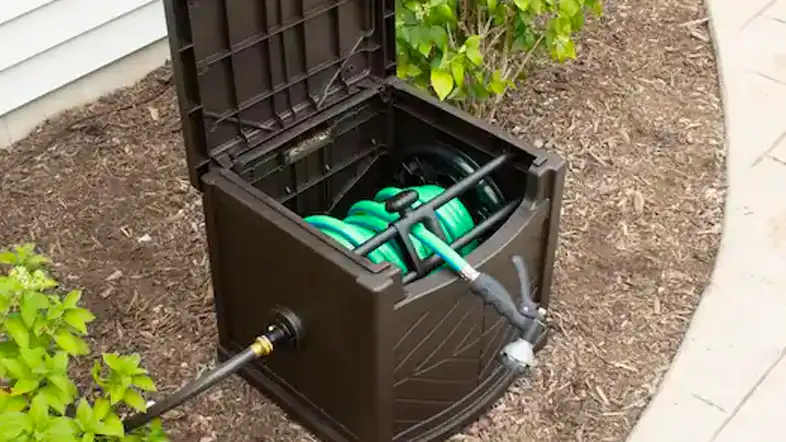Introduction
As the cold months approach, properly storing your garden hose for winter becomes crucial. Freezing temperatures can cause hoses to crack, leak, or become unusable if not stored correctly. This article guides you through expert methods to store your garden hose during winter, helping you extend its lifespan and avoid costly replacements. Whether you have a standard rubber hose or a lightweight expandable one, these practical tips ensure your hose stays in top condition until spring.
Why Proper Winter Storage of Garden Hoses Matters
Storing a garden hose improperly during winter can lead to serious damage. Water trapped inside the hose can freeze and expand, causing cracks or splits. Over time, this leads to leaks and reduced water flow. Experts recommend draining and storing your hose in a temperature-controlled environment to minimize wear and tear. Additionally, proper storage prevents mold growth and material degradation caused by damp, cold conditions.
How to Prepare Your Garden Hose for Winter Storage
Step 1: Drain All Water
Before storing, completely drain your garden hose to prevent any water from freezing inside. Lay the hose flat and lift one end to allow water to flow out. For hoses connected to spigots, turn off the water supply and disconnect the hose.
Step 2: Clean the Hose
Remove dirt and debris by rinsing the hose with clean water. Use a mild soap if needed, then let it dry fully. Cleaning helps prevent mold and mildew during storage.
Step 3: Coil the Hose Properly
Avoid tight bends or kinks when coiling the hose. Use large loops to reduce stress on the material. Coiling on a hose reel or large hook is ideal for maintaining shape and preventing damage.
Best Practices for Storing Garden Hoses in Winter
Store Indoors if Possible
The most effective way to protect your hose is to store it indoors, such as in a garage, basement, or shed. Indoor storage shields the hose from freezing temperatures and harsh weather.
Use Hose Reels or Storage Containers
Investing in a hose reel or a sealed storage container can keep your hose organized, dry, and safe from pests. These tools also prevent tangling and make hose retrieval easier in spring.
Avoid Hanging Heavy Hoses
Heavy rubber hoses should not be hung by their fittings as this can cause stretching and damage. Instead, lay them flat or coil them on a reel.
Additional Tips for Protecting Your Garden Hose During Winter
- Inspect for Damage: Before storage, check for cracks or leaks and repair them with hose repair kits.
- Use Insulation: If indoor storage isn’t an option, wrap your hose with insulation or store it in a weatherproof container.
- Disconnect Accessories: Remove spray nozzles or attachments to prevent freezing and damage.
Common Mistakes to Avoid When Storing Garden Hoses
- Leaving water inside the hose, which causes freezing and cracking.
- Storing hoses outdoors exposed to snow and ice.
- Coiling hoses too tightly, leading to permanent kinks.
- Hanging heavy hoses by fittings or connectors.
Conclusion
Properly storing your garden hose for winter is a simple yet essential practice that saves you money and hassle. By draining, cleaning, coiling correctly, and storing indoors or in protective containers, you protect your hose from freezing damage and extend its usable life. Follow these expert tips to ensure your garden hose is ready for use when spring arrives. Remember, a little care now prevents costly replacements later.
